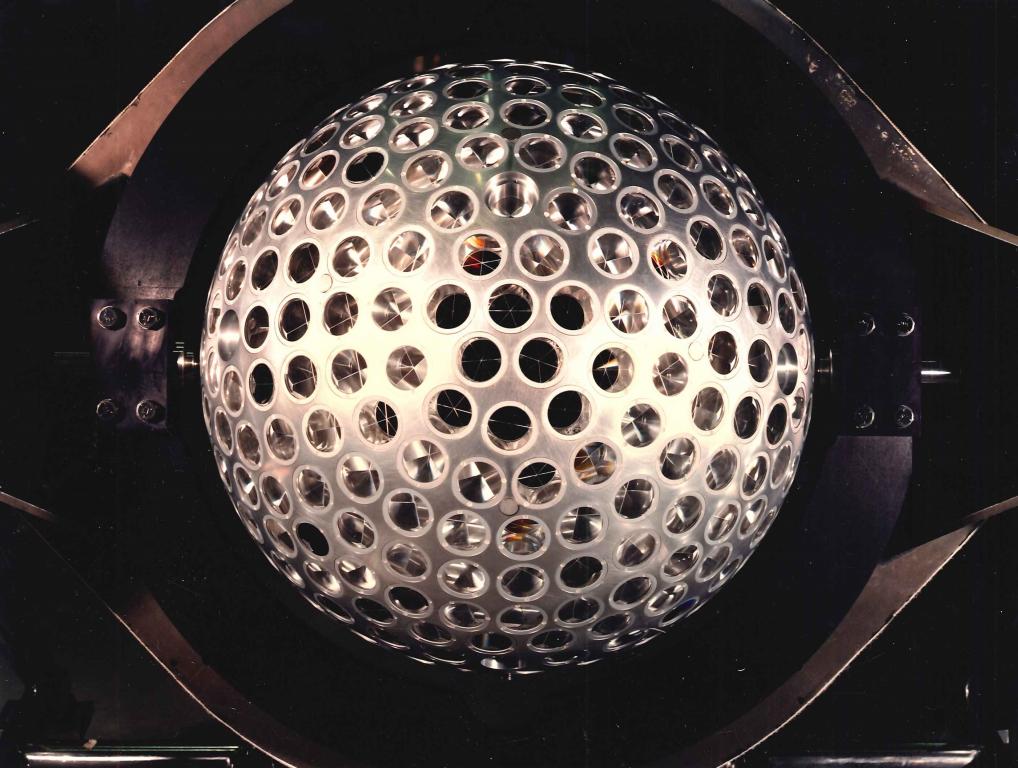
Einstein’s theory of general relativity (GR) represents the best theory we have for the description of the gravitational interaction, both at the high and low energy scales, and it is the pillar of modern cosmology to understand the universe that we observe through a number of different techniques. Indeed, after more than 100 years, GR has passed a wide number of experimental verifications and it is currently considered the “Standard Model” for gravitational physics.
Starting in 2020, SaToR-G (Satellites Tests of Relativistic Gravity) will expand the activities carried on by the LAser RAnged Satellites Experiment (LARASE, 2013-2019), investigating possible experimental signatures of deviation from GR. Similarly to LARASE, SaToR-G is dedicated to measurements of the gravitational interaction in the weak-field and slow-motion (WFSM) limit of GR by means of laser tracking to geodetic passive satellites orbiting around the Earth. SaToR-G exploits the improvement of the dynamical model of the two LAGEOS and LARES satellites performed by LARASE. These satellites represent the proof-masses of the experiment. While for LARASE the main scientific target was a reliable and robust measurement of the Lense-Thirring effect, SaToR-G focuses on verifying the gravitational interaction beyond the predictions of GR, looking for possible effects connected with new physics, and foreseen by different alternative theories of gravitation.
The activities of SaToR-G mainly concern on metric theories of gravitation, GR being the first of this category. Indeed, in the context of theories of gravitation alternative to GR, scalar-tensor theories and vector-tensor theories are of considerable importance. To this end, the main measurements concern possible deviations of gravity from the inverse square law for the distance between the Earth and the considered satellites, as well as precise and accurate measurements of some post-Newtonian parameters according to the PPN (Parametrized Post-Newtonian) formalism. These are in fact the most powerful tools for testing the predictions of different theories beyond GR itself.
Precisely measuring the effects on the orbits of artificial satellites allows to test GR vs. other metric theories in their most profound aspects: related to the curvature of spacetime, to motion on geodesic and to the field equations. Metric theories of gravitation share Einstein’s Equivalence Principle (EEP), the Lorentzian structure of spacetime and the equations of motion. In other words, in all metric theories of gravitation the structure of spacetime is the same, as is the way in which the geometry of spacetime determines the way mass-energy moves in it. What instead profoundly distinguishes GR from the other metric theories of gravitation are the equations of the gravitational field, that is, how the mass-energy of the field orders the geometry of spacetime to curve.








